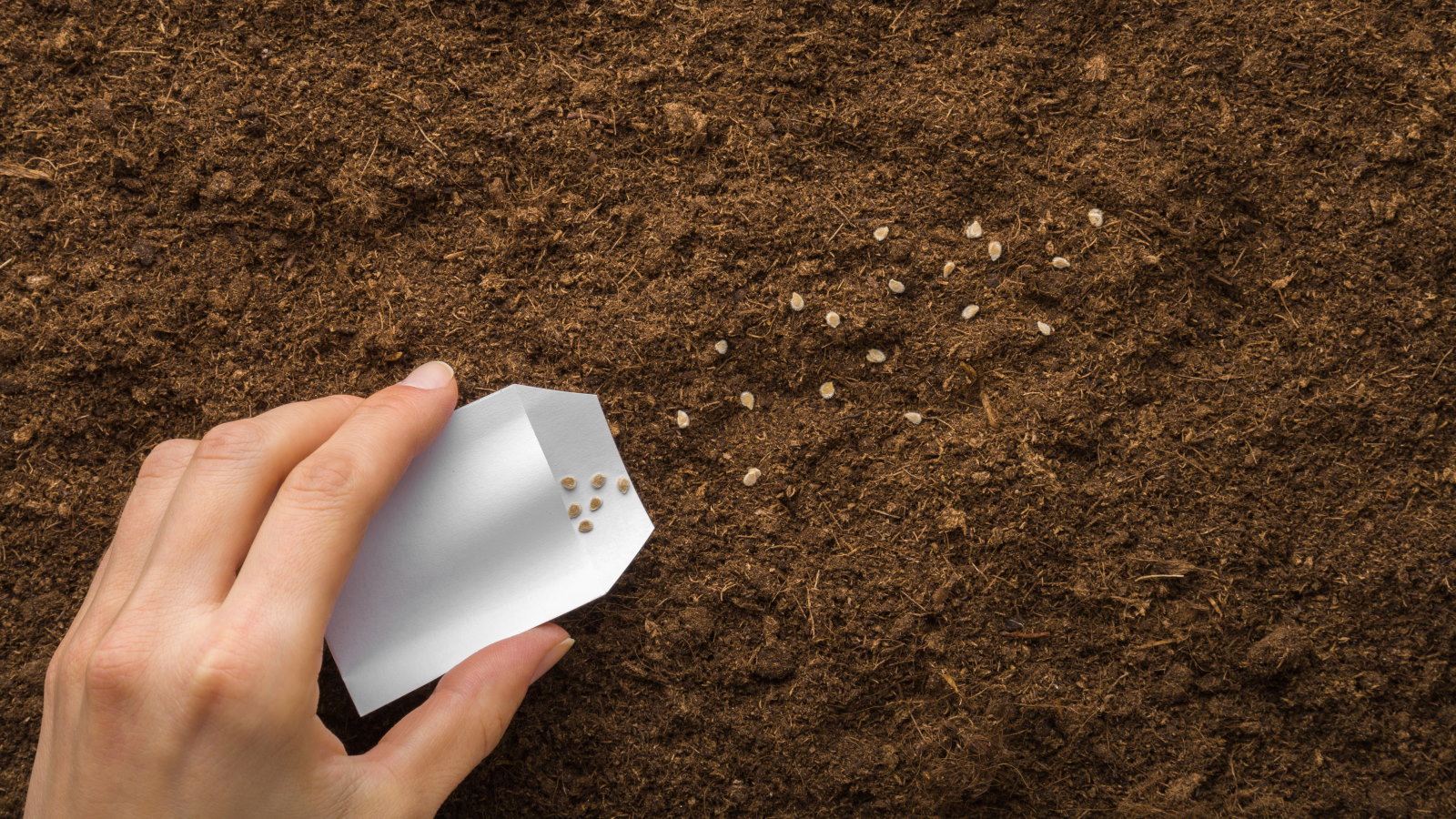
If you’re searching for a climbing plant with big, extravagant blooms that will become the star of your garden , then look no further than the low-maintenance and fast-growing clematis. Known as the “Queen of Climbers”, clematis produces flowers in a variety of colours and shapes, making them a popular choice among gardeners wanting a pop of colour along walls and fences. The best time to plant clematis is in the spring or early-to-mid autumn, as the warm and moist soil at these times help with good root establishment, RHS explains .
If you buy a container-grown plant during the summer, you should plant it as soon as possible and water it regularly. Most clematis will grow well in the sun or partial shade, and the climbing variation needs their roots to be kept cool and moist. This means it’s best to plant the base of clematis in light shade - and you also need to allow enough space for it to grow as clematis can be vigorous climbers.

An important thing to think about is how you will support the clematis stems as climbing styles will require something to twine around, like trellis or mesh attached to a wall or fence. Make sure to plant the clematis on the windward side of the tree or shrub so that as it grows and its stems extend, they are blown onto the trunk or into the branches, where they can take hold, according to the RHS. You should also ensure to position the plant at least 1.
2 metres away from the base of the tree or shrub as this will reduce competition for light, water, and nutrients. Gardeners can use a bamboo cane or wires to help the plant reach the tree’s trunk or branches if needed. Clematis need to be watered regularly in the first few seasons after planting, particularly during dry weather.
You should water thoroughly to soak the soil to about 30cm deep. Regular feeding with a potassium-rich fertiliser should take place in late winter or early spring and mulch immediately after with organic matter like compost or manure. This will help conserve moisture and better the soil.
If you think your clematis needs help, you can encourage the twining process by guiding stems so they spread out evenly over their support. You can tie the stems in place with twine, but should take care when doing this as they are fragile - which means plastic ties probably aren’t the best item to use..















